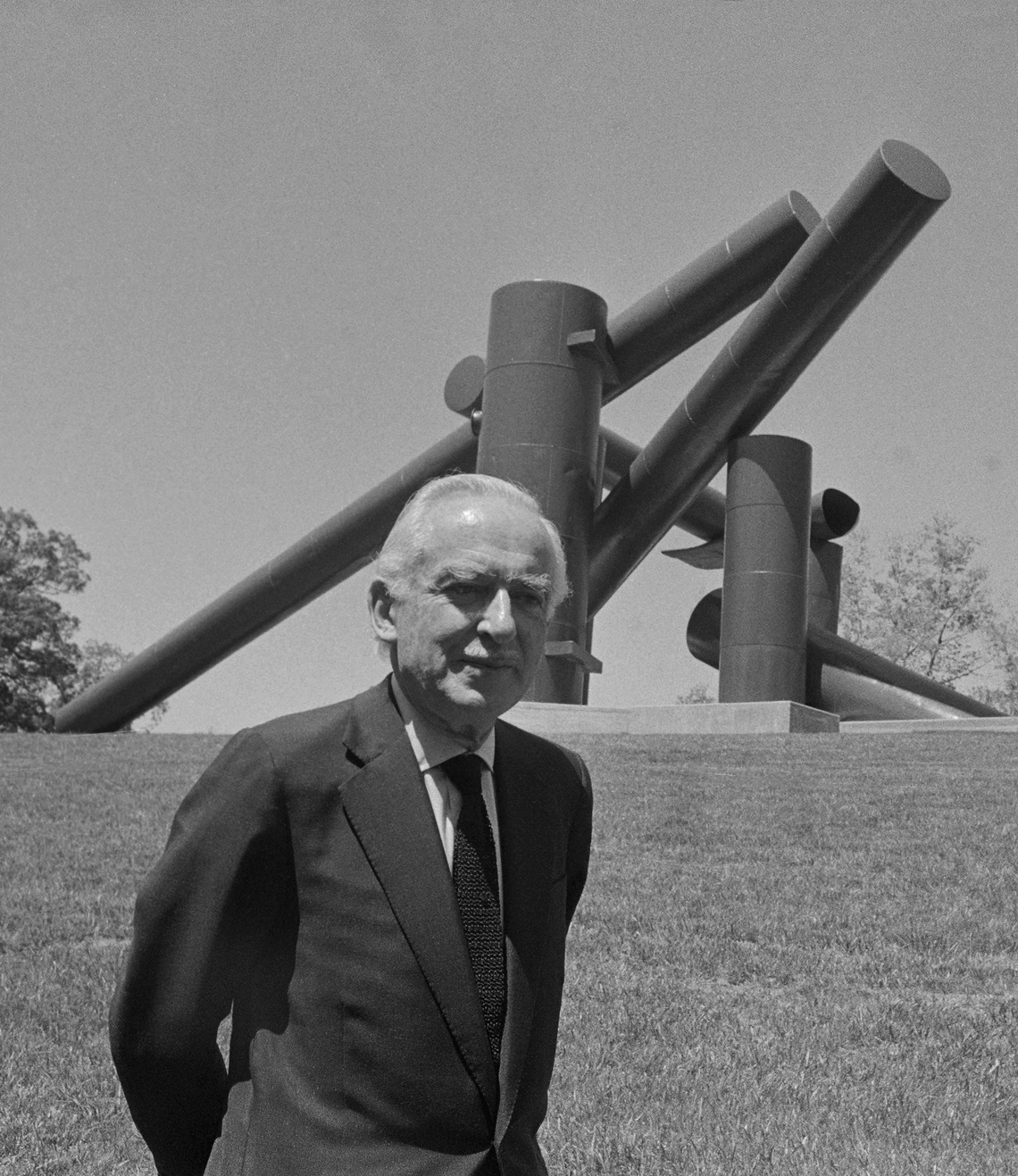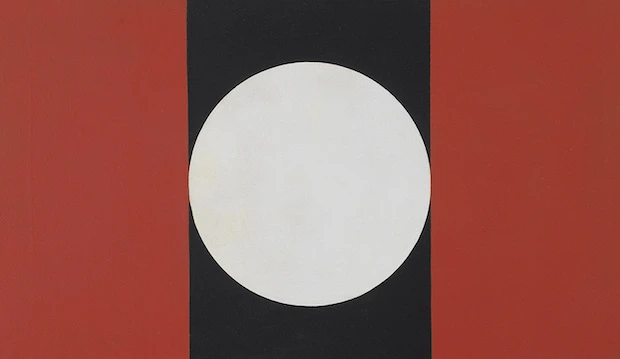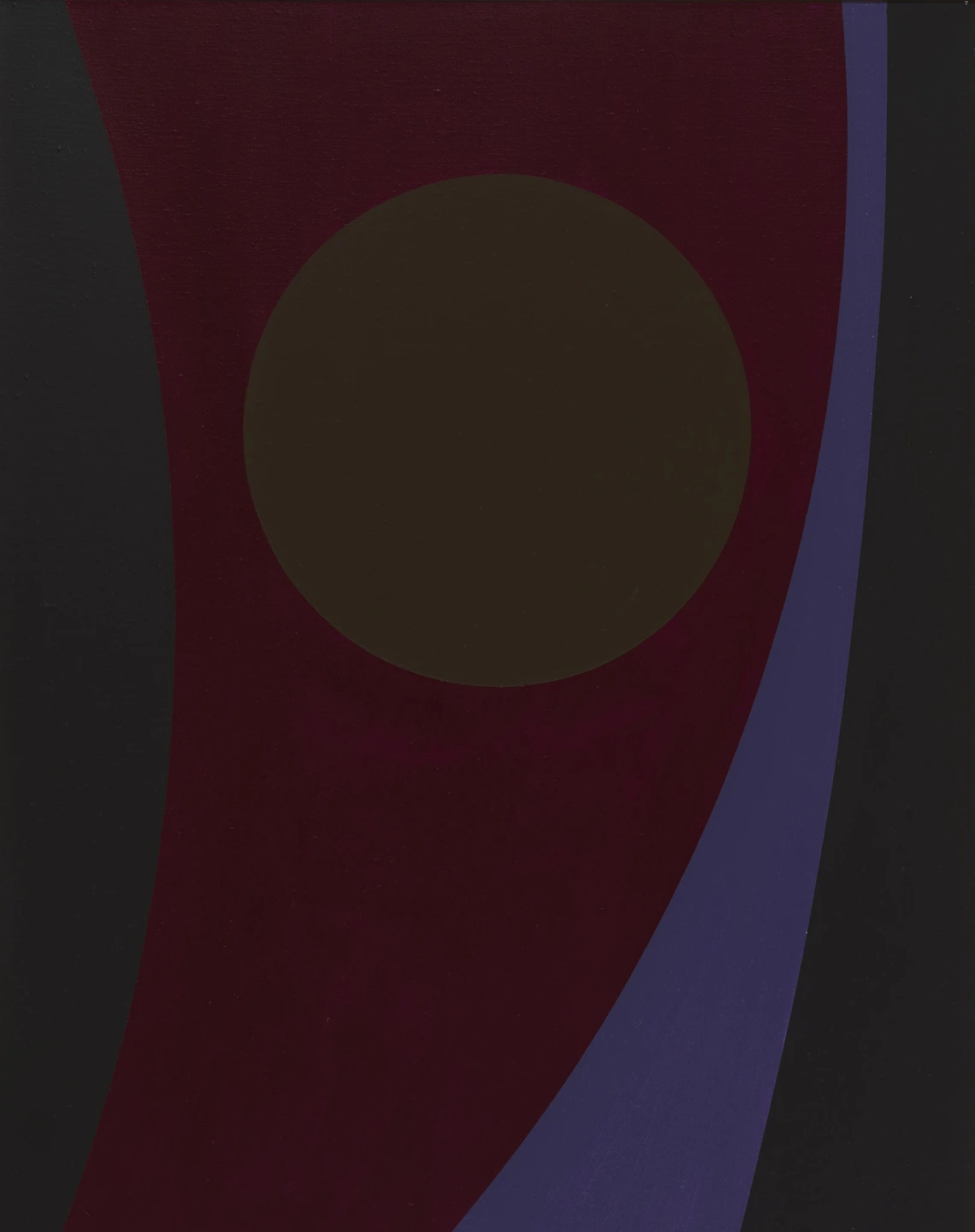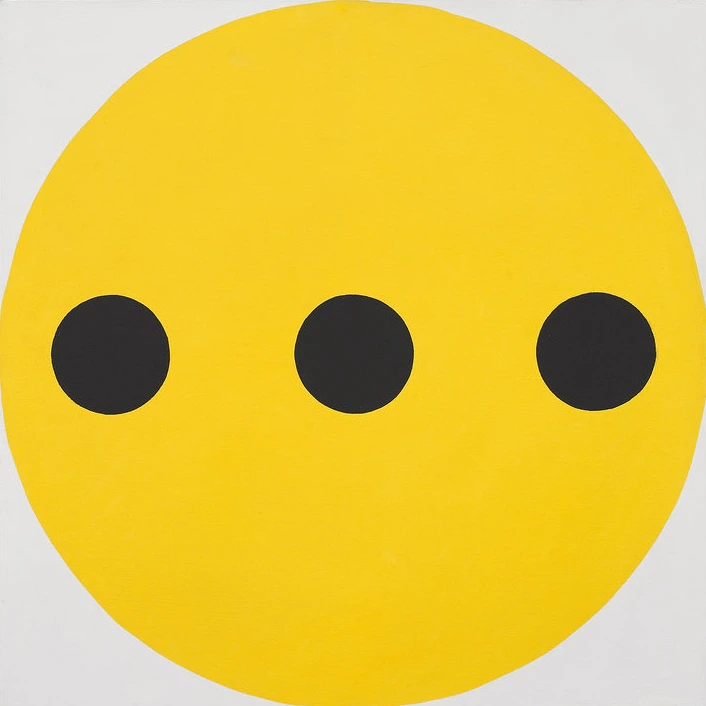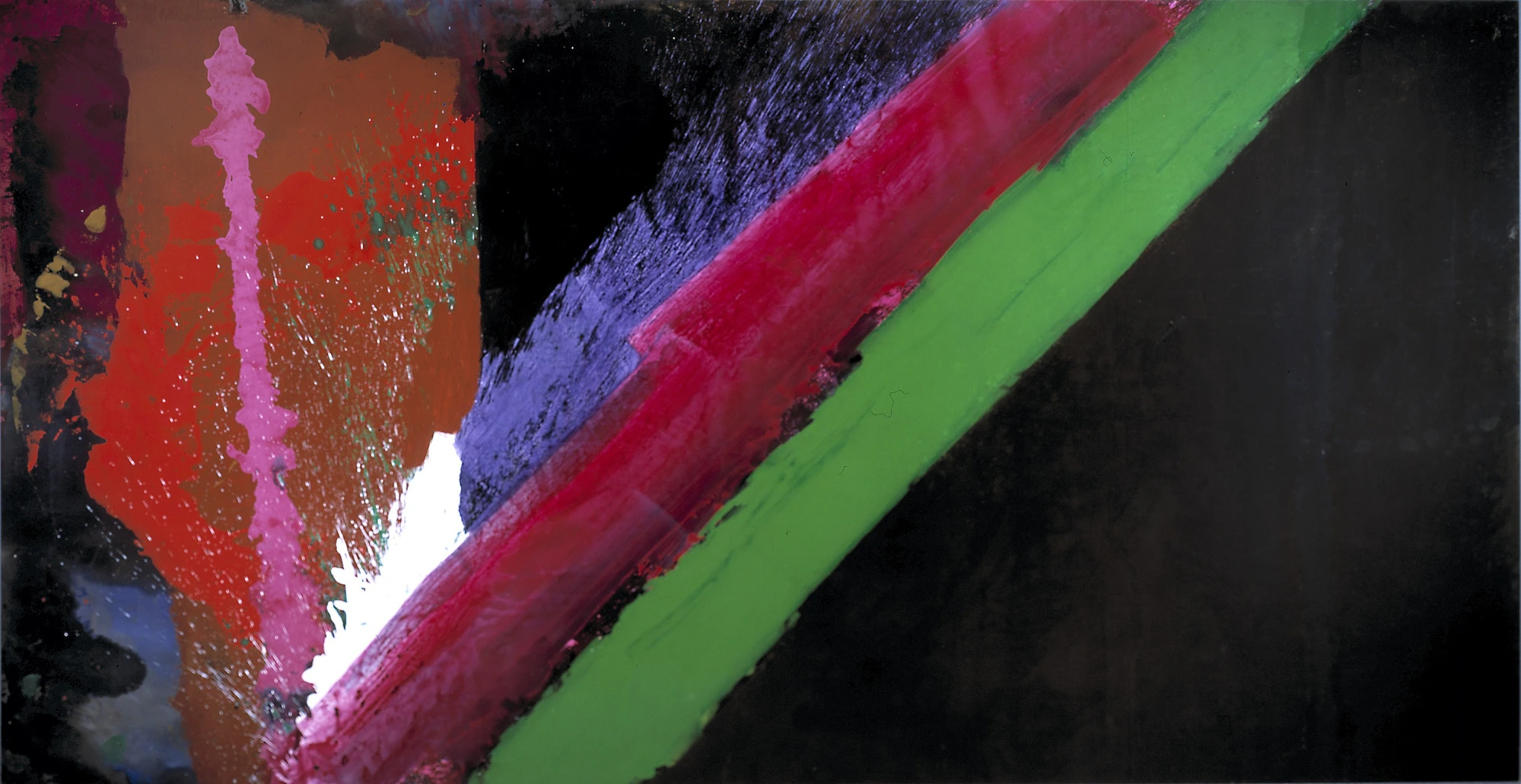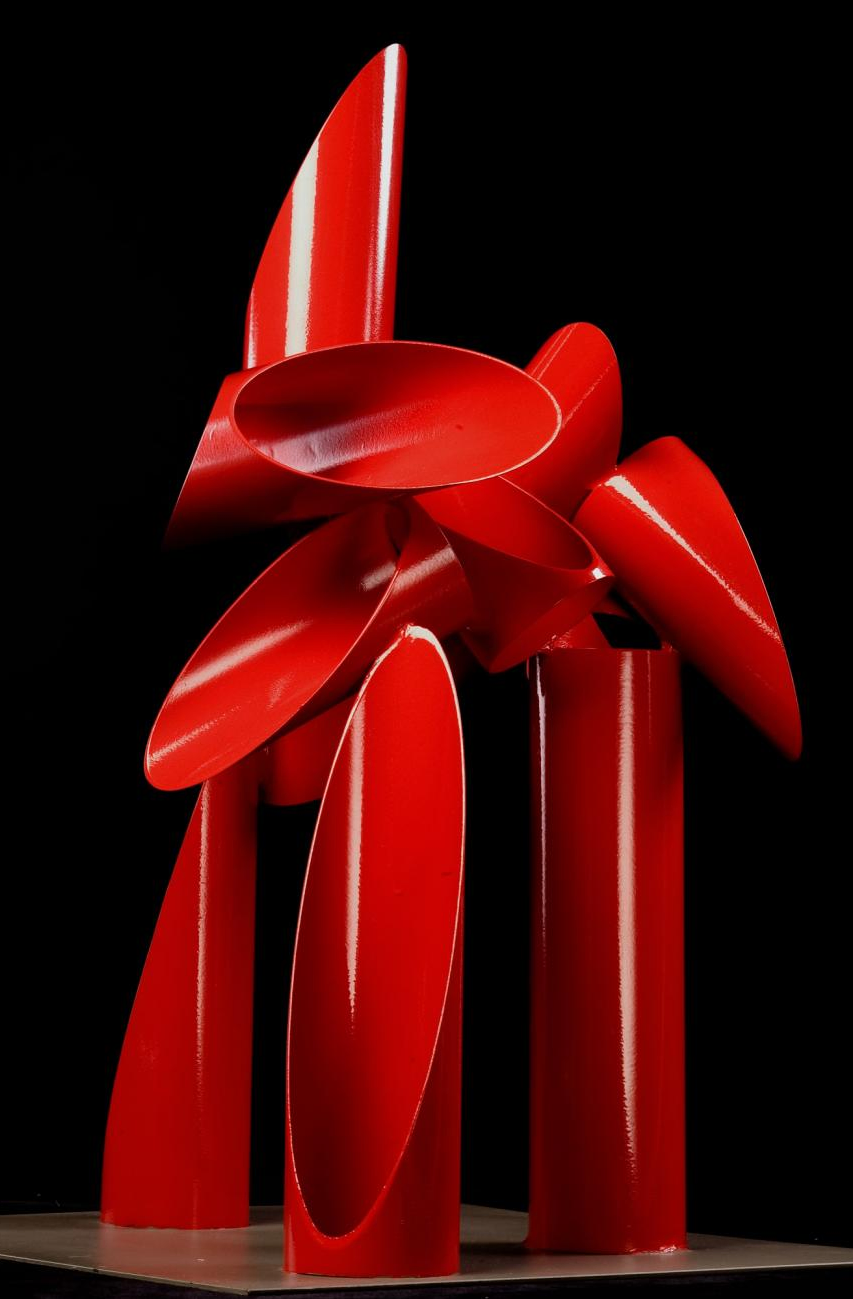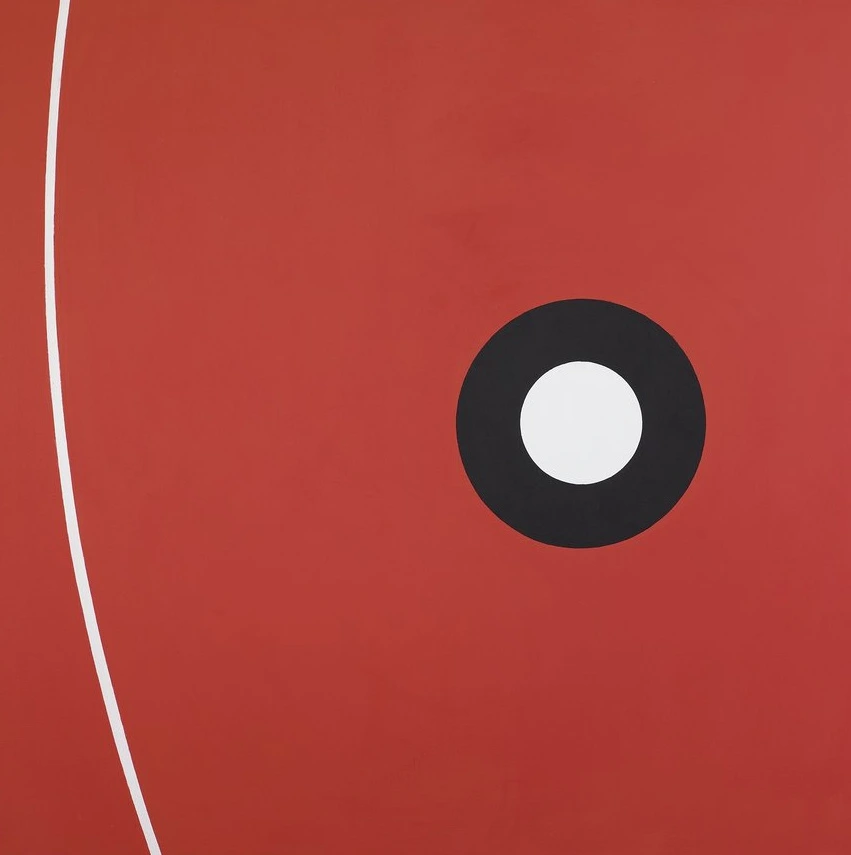the artist in his studio
Throughout his career, Liberman maintained a whirlwind social life. Beginning in 1948, he spent summers photographing European artists, including Henri Matisse, Marc Chagall, Marcel Duchamp, Constantin Brancusi, and Pablo Picasso. In 1959, the Museum of Modern Art in New York exhibited these photographs. Later, they were gathered in Liberman's first book, The Artist in his Studio. Among other books were Marlene (1992), dedicated to Marlene Dietrich, and Then (1995)—a retrospective album of acquaintances from Paris long ago to Miami in the 1990s.
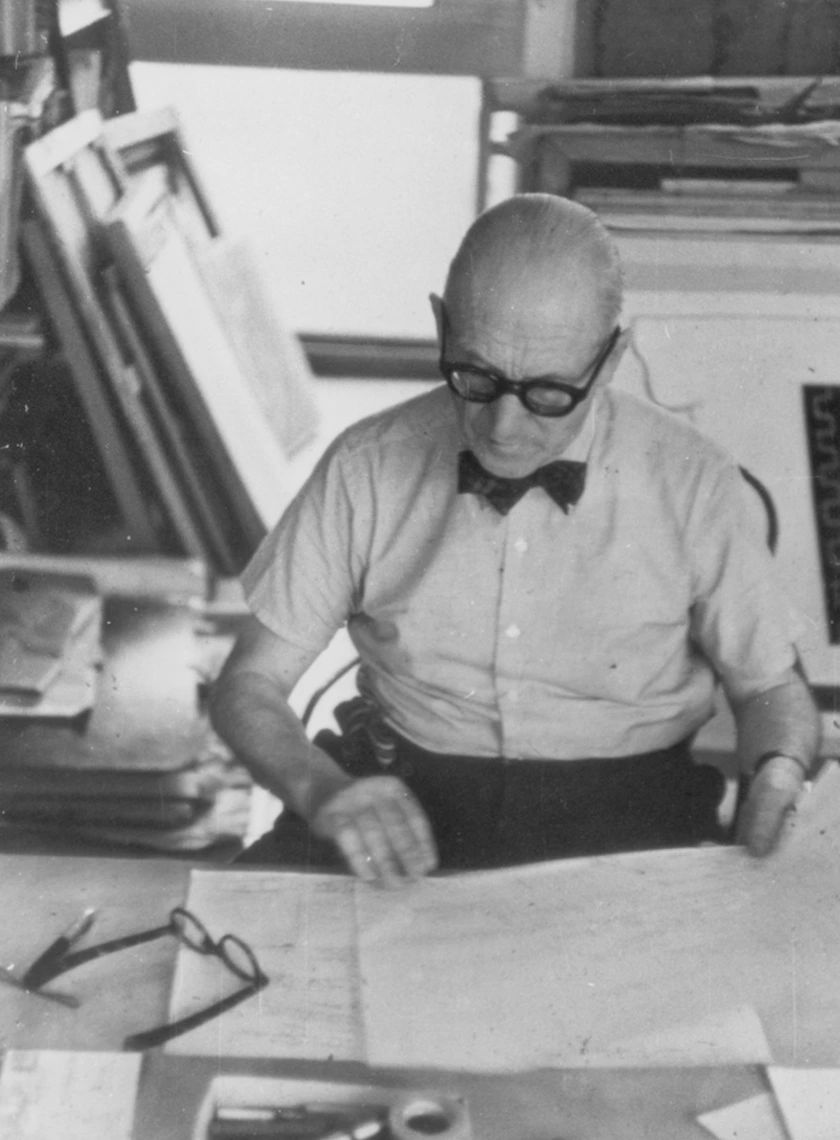

Abner Hazeltine, undated.

Le Corbusier, 1954.
William Klein, 1961.
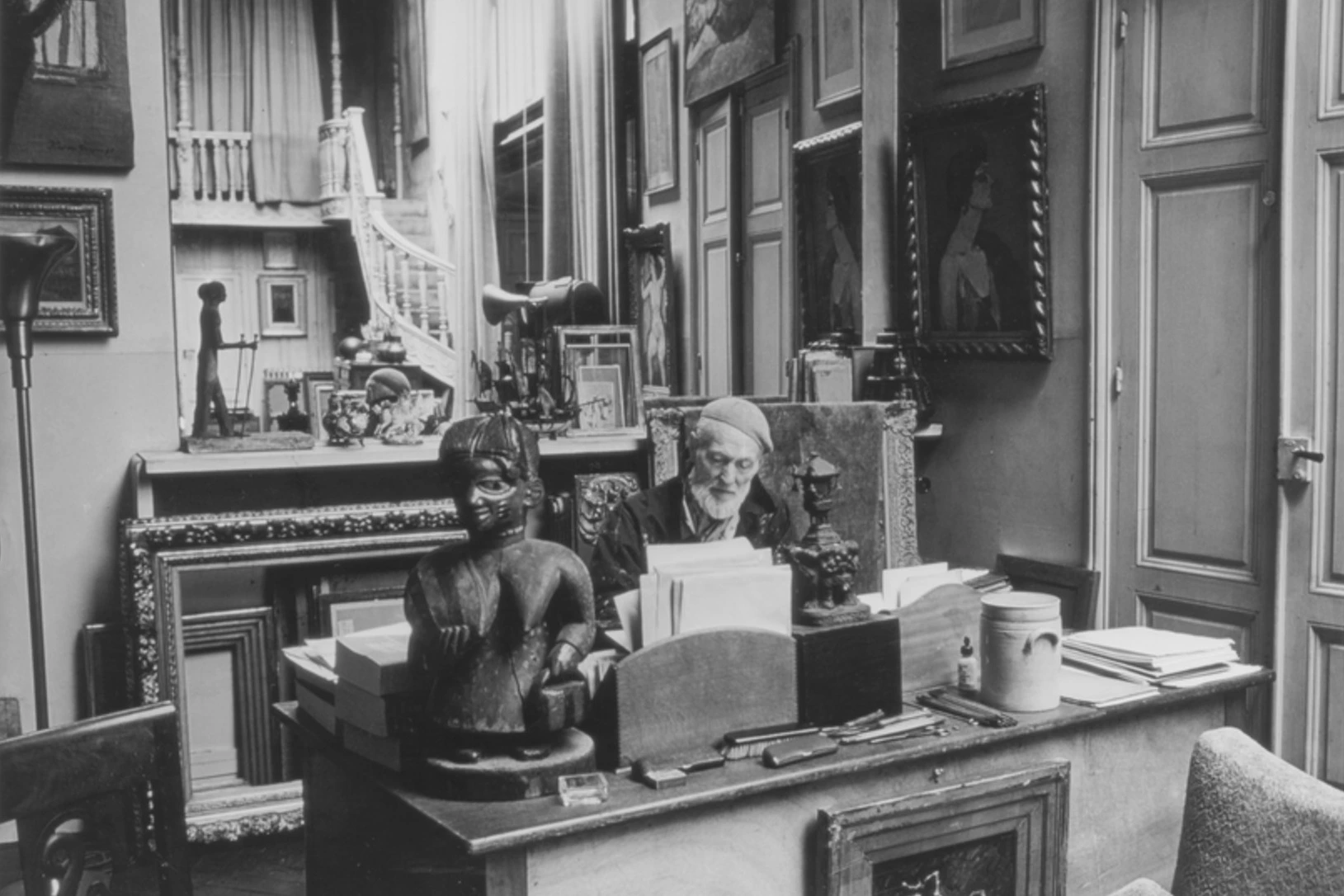
Kees Van Dongen, 1959.


Ossip Zadkine, 1954.

Salvador and Gala Dalí, 1959.

Willem De Kooning, undated.
Lee Miller, 1947.
Images by Pierre Bonnard, 1955.



Alfred Manessier, 1958.
Jean Tinguely, 1964.



Coco Chanel, 1951.
Jasper Johns, 1977.

The studio of Constantin Brancusi, 1955.

Joan Miro, 1953.
Agnes Martin, 1973.

André Masson, circa 1955 – circa 1956.
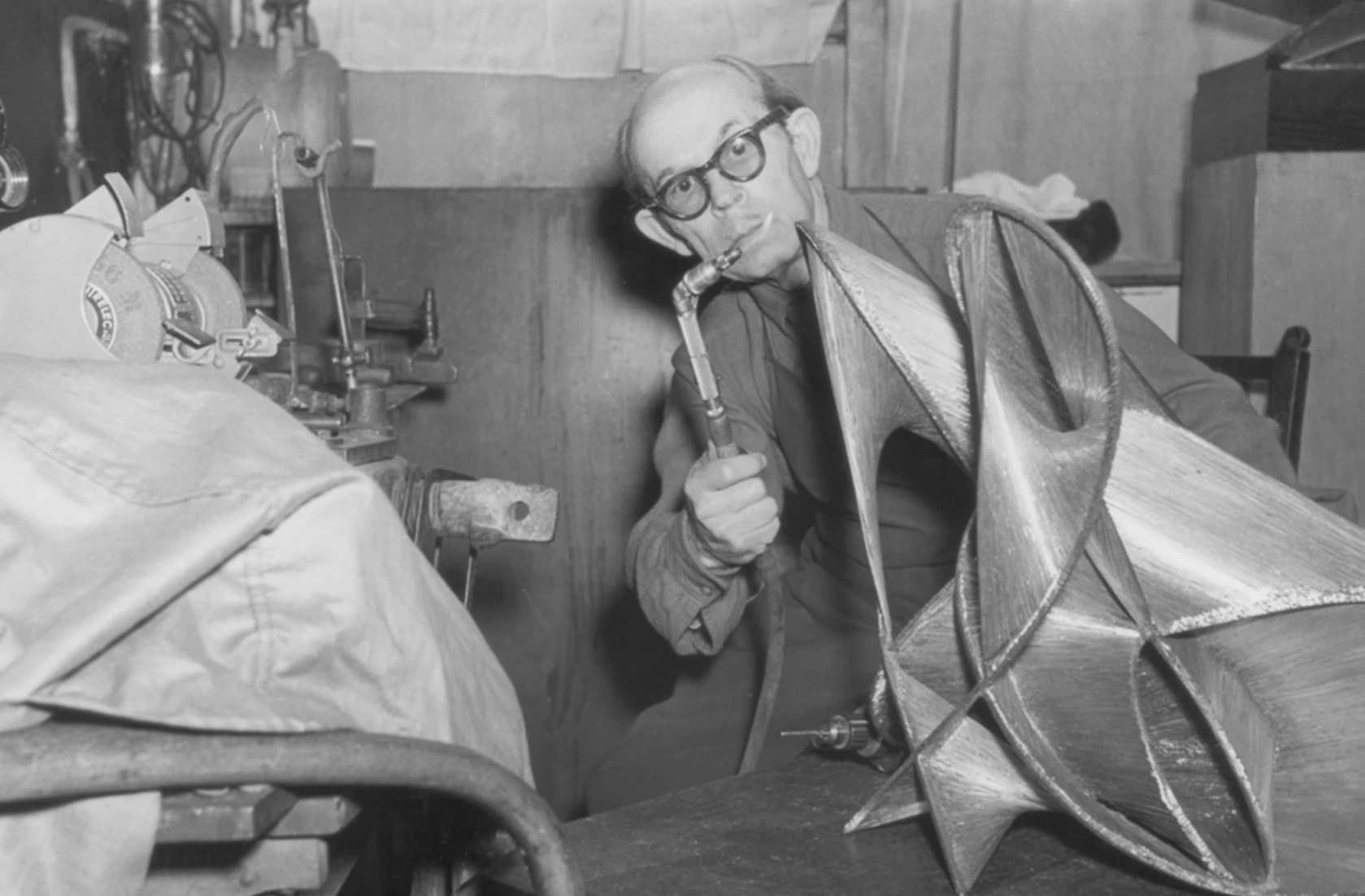
Antoine Pevsner, 1953.


Marie Laurencin, circa 1953 – circa 1958.

Yves Saint Laurent, undated.
Iris Love, 1965.
